Dinesh Elumalai looks at the technological innovations that are helping to secure data on the cloud systems
Cloud computing is now more than just another business case option. It has proven to be an efficient method of lowering costs, ensuring continuous availability, and reducing downtime. Connecting to the corporate network and accessing accounts, files, and business servers used to be restricted to offices and workspaces with firewalls or other security tools.
However, the advent of cloud applications has changed this by allowing users to remotely access corporate applications, documents, and services. According to an IDG survey, 92 per cent of organizations’ IT (Information Technology) environments are now at least partially cloud based. However, cloud services pose the challenge and risk of data security in the cloud, necessitating the development of new security tools and practices.
Sify Technologies – Cloud Services
Security has been a major concern for businesses considering the public cloud. As organizations migrate from offline to cloud networks and more sensitive data is exposed, security must be prioritized.
The following best practises can help organizations safeguard their cloud environments and ensure that critical data and applications do not fall into the wrong hands.
Choosing the Best Cloud Service Provider
With more external IT teams and a plethora of options, it is necessary to select a cloud service provider based on your set of requirements. The process of selecting the best cloud service provider begins with checking their security certificates and compliances. Then, assess your organization’s specific security objectives and compare the security measures provided by various service providers, as well as the mechanisms they employ to protect applications and data.
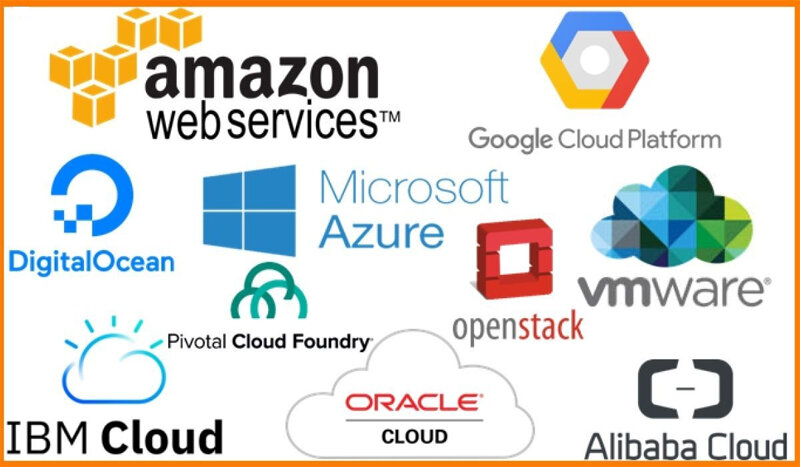
Ask specific questions about your use-case, industry, and regulatory requirements, and express any other specific concerns. The architectural platform of the service provider should be consistent with the compliance standards that apply to your industry and organization. Inquiring about the level and mode of support services is another critical consideration.
Understanding the model of shared responsibility
In private data centres, the organization is in charge of all data security concerns. In the public cloud, however, providers share some of this burden. A clear definition of which security operations are handled by which party can lead to a successful cloud security implementation.
The shared responsibility security model differs depending on the service provider and when using infrastructure as a service (IaaS) or platform as a service (PaaS) (PaaS). A clear shared responsibility model ensures that a system’s security coverage is complete. Otherwise, ambiguities in your shared responsibilities may leave certain areas of the cloud system vulnerable to external threats.
Identity and access management implementation
Identity and access management (IAM) is critical in an increasingly heterogeneous technology environment for protecting critical enterprise systems, assets, and information from unauthorized access. IAM provides effective cloud security by performing various security functions such as authentication, authorization, storage provisioning, and verification.
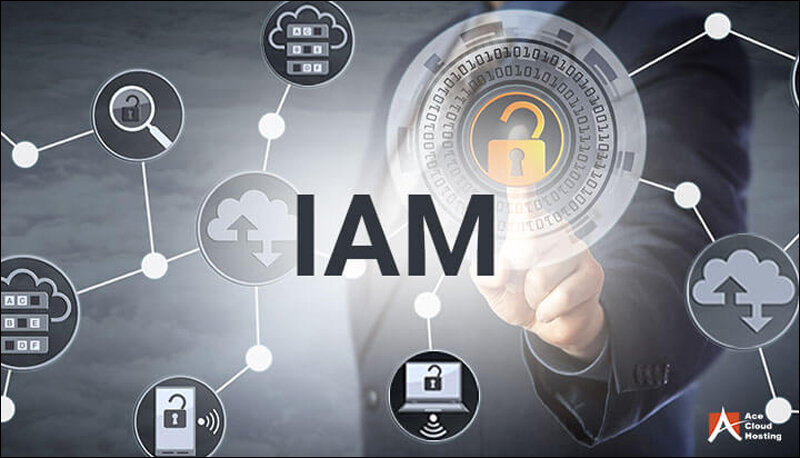
This authentication system aids in the management of access rights by ensuring that the correct person with the appropriate privileges is accessing information stored on cloud applications. Physical or digital methods of verification, such as public key infrastructure, may be used. Furthermore, setting access levels will aid in controlling how much data a person can change or see even after gaining access.
Data encryption
One of the primary advantages of using cloud-based applications is the ease with which data can be stored and transferred. However, organisations must take care not to simply upload data to the cloud and then forget about it. Encrypting data that has been uploaded to the cloud is an additional step.
Encryption conceals data from unauthorized users by converting it to a different form or code. Organizations should encrypt their data not only in the public cloud, but also during transit, when data is more vulnerable. Cloud service providers and third-party vendors can assist with these encryption services.

It is ideal to find encryption options that integrate with the existing workflow so that no additional precautions are required to ensure compliance.
Endpoint security for users
Cloud services increase the need for endpoint security. Users must access cloud services via web browsers and personal devices. As a result, businesses must implement an endpoint security solution to protect end-user devices. They can protect data from vulnerabilities by implementing effective client-side security and requiring users to regularly update their browsers.
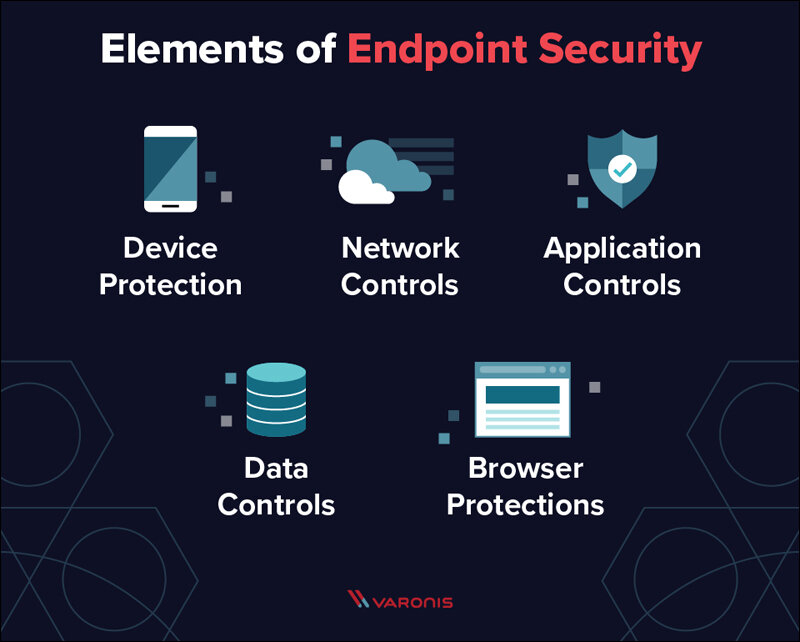
It is preferable to use a tool that includes internet security measures such as access verification tools, firewalls, antivirus software, and mobile device security. Furthermore, automation tools provide a systematic solution to endpoint security concerns.
Training for Employees
To improve security in cloud computing, the primary goal should be to educate users. The way users interact with cloud applications will either expose or protect the environment from cyberattacks.
As a result, organisations must train all employees in cybersecurity fundamentals so that they can identify anomalies and respond appropriately. This high level of awareness among teams can help prevent attackers from obtaining credentials to sensitive data and cloud computing tools.

While users must be trained in standard practises such as creating strong passwords and recognizing phishing emails, they must also be aware of the risks associated with shadow IT. Consider high-level training and certification for advanced users and administrators directly involved in cloud security implementation.
Keeping track of logs and monitoring
Organizations can help identify unauthorized activities by utilising logging capabilities in cloud infrastructure. A logging and monitoring system will allow security teams to quickly identify who is making changes to the cloud environment, allowing them to find the underlying cause of a problem faster.
When an intruder gains access to the system and tampers with any settings or data, the logs will reveal who is to blame and what kind of change was made, allowing for swift action. In the event of an unusual event, ensure that alerts are set to go off as soon as it begins.
Maintain the Security of Your Cloud Environments
Businesses of all sizes can now easily access tools, data, and services thanks to cloud advancements and faster connectivity. The advantages of cloud-based workspaces outweigh those of traditional data centres, posing new challenges. However, organizations should not be discouraged from using public cloud services. Businesses can reduce risk and reap greater benefits by adhering to best practises and implementing the appropriate tools and strategies.
The cloud environment has a lot of potential, but it can be intimidating at first. However, as you progress, you will gradually adapt to this environment. One critical aspect of this process is to identify weak security points and consistently strengthen them. Misconfigured cloud infrastructures can result in several invisible vulnerabilities, significantly increasing an organization’s attack surface.
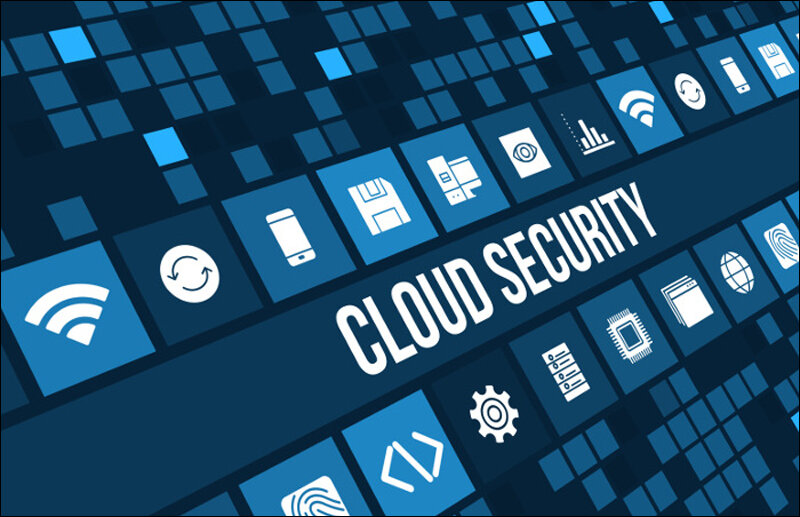
Enterprises and cloud service providers must collaborate transparently and demonstrate an interest in developing and constantly reconfiguring a secure cloud computing framework.
Conclusion
As previously stated, there is no one-size-fits-all cloud security strategy that will completely protect your cloud environment. Different organizations may require different best practises based on a variety of factors ranging from the cloud services used to the amount/type of sensitive data, among others.
To properly implement cloud security best practises, we must first identify sensitive data and risk profiles, then set up protection for your infrastructure, and finally implement response plans in the event of an attack.
We leave you with these insights on the best practices in Cloud security. If you have any thoughts or clarifications, would request you to post your comments below. For regular updates request you to subscribe to us.





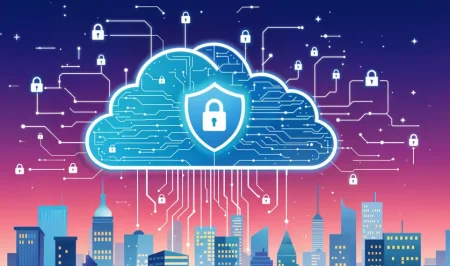



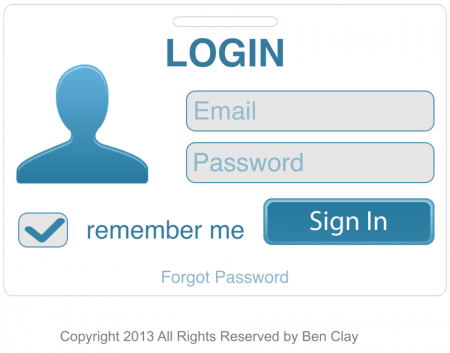

2 Comments
Dear Dinesh …
Very hopeful from you today after seeing sify.com back on internet portal.
My name is Bhupesh Jadhav & i was a member of sify.com (an internet / cyber cafe service in kalyan, mumbai) since year 2007, where my login id was bhupeshjadhav@sify.com.
Those days ther were INBOX facility by SIFY & my linked mail id was bhupesh80@gmail.com.
My issue is currently I am unable to my mentioned gmail coz the OTP is going to sify.com & i can see now a days there is no inbox nor mail accessibility by SIFY.
How can u help me into this..?
I will be honoured if we talk…
Thank you,
Regards
Bhupesh Jadhav
9892621313
Hello Mr Bhupesh Jadhav,
Sify mail services was closed 9 years back.